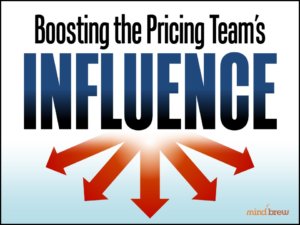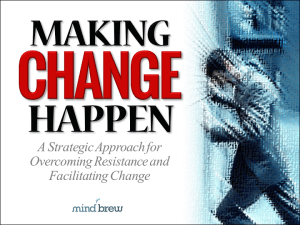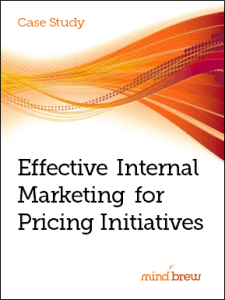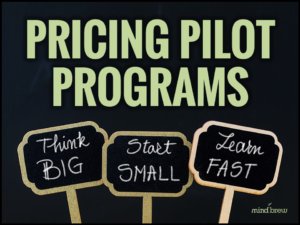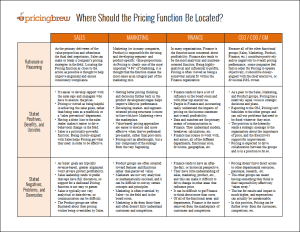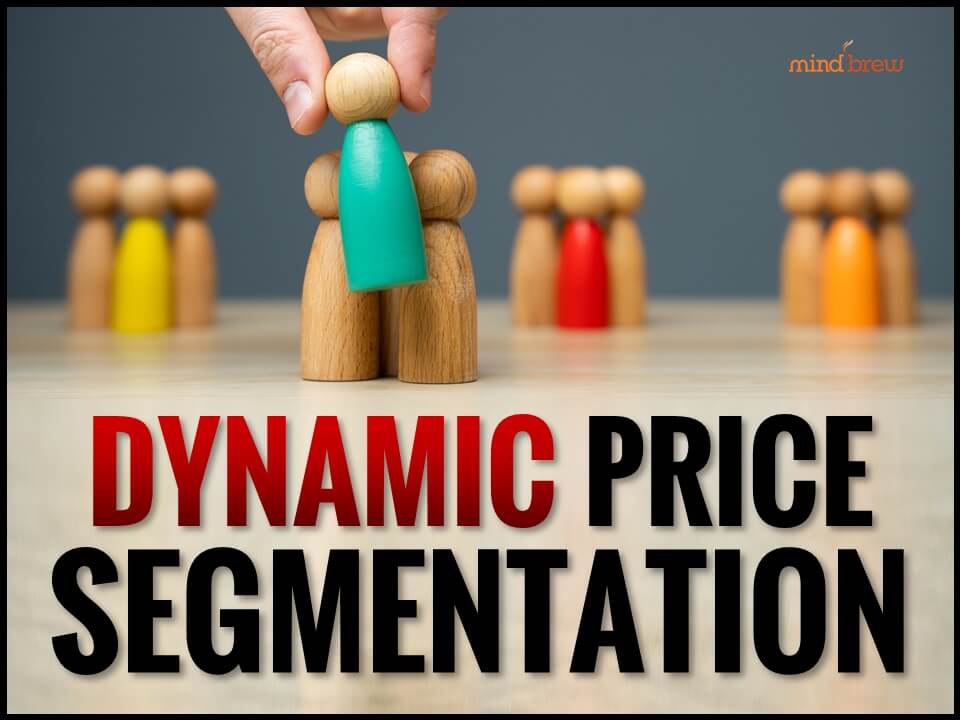In a business of any size, lots of different people and many different groups are all contributing…for better or worse…to the company’s performance in the marketplace. While being somewhat removed in terms of proximity and time, the decisions and actions in product management, marketing, operations, customer service, and so on, will ultimately impact a company’s ability to command a price.
Of course, this presents a significant challenge as Pricing groups work to improve pricing outcomes.
After all, the Pricing Department doesn’t usually have direct authority over all of the things that can and do affect pricing outcomes. And that being the case, Pricing can’t simply rely on directives, commands, or mandates to get things done and drive positive change.
Instead, Pricing practitioners and groups must influence and persuade the other people and groups to see and do things differently.
Now, it’s widely assumed that the ability to persuade and influence others is an inherent or natural ability—i.e. you’re either born with this ability, or you are not. It’s certainly true that some individuals are naturally more persuasive and influential than others. And these people will tend to go into fields where these abilities are a primary asset—sales, law, politics, etc.
But while some people will indeed come by these abilities naturally, that doesn’t mean that the rest of us are just out of luck. As with most other skills, we can take steps to become a lot more influential and persuasive.
For example, in the Boosting the Pricing Team’s Influence webinar, we explore and explain the principles of influence as identified through research conducted by behavioral scientist, Dr. Robert Cialdini. This handful of core principles are not at all difficult to understand or put into practice. In fact, many of them will seem like common sense.
And in the Making Change Happen webinar, we expose the organizational dynamics behind any sort of meaningful change. In the session, we cover the basic steps or stages that organizations must go through to truly commit to a move away from the status quo and toward something different. Along the way, we also cover the primary sources of organizational resistance that can derail your improvement efforts.
By internalizing the teachings and insights from these two sessions, you can enhance your abilities at both the micro and macro levels.
By leveraging the principles of influence, you’ll become much more effective on a one-on-one basis, working with the other individuals in your company. And by being more proactive and deliberate about pushing through the stages of strategic change management, you can have a more powerful influence on your entire organization.

